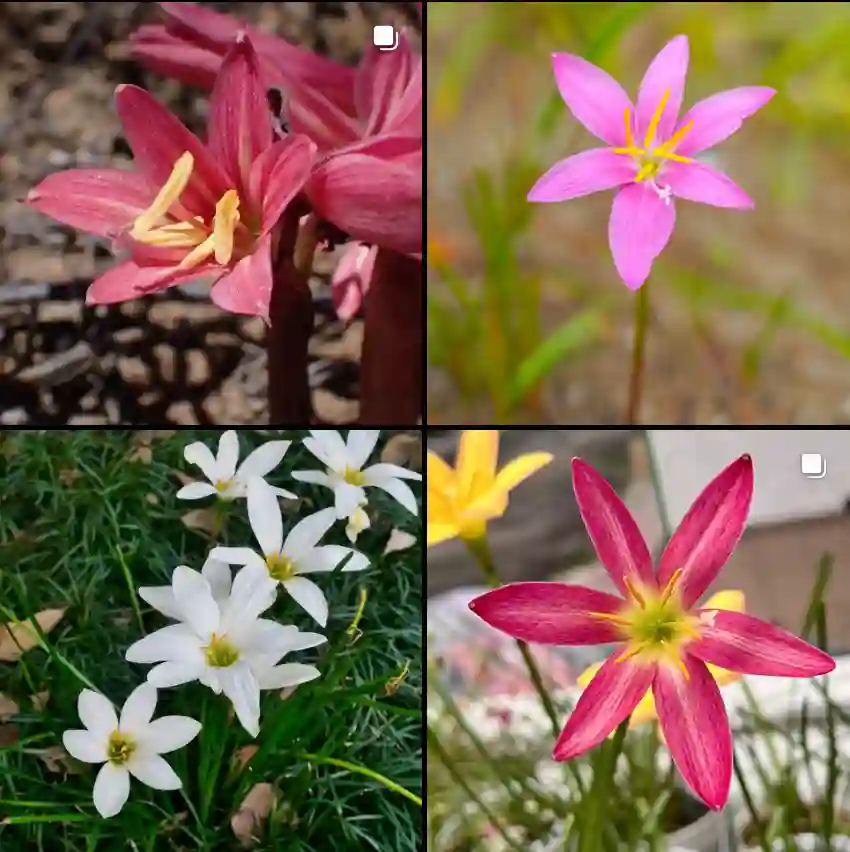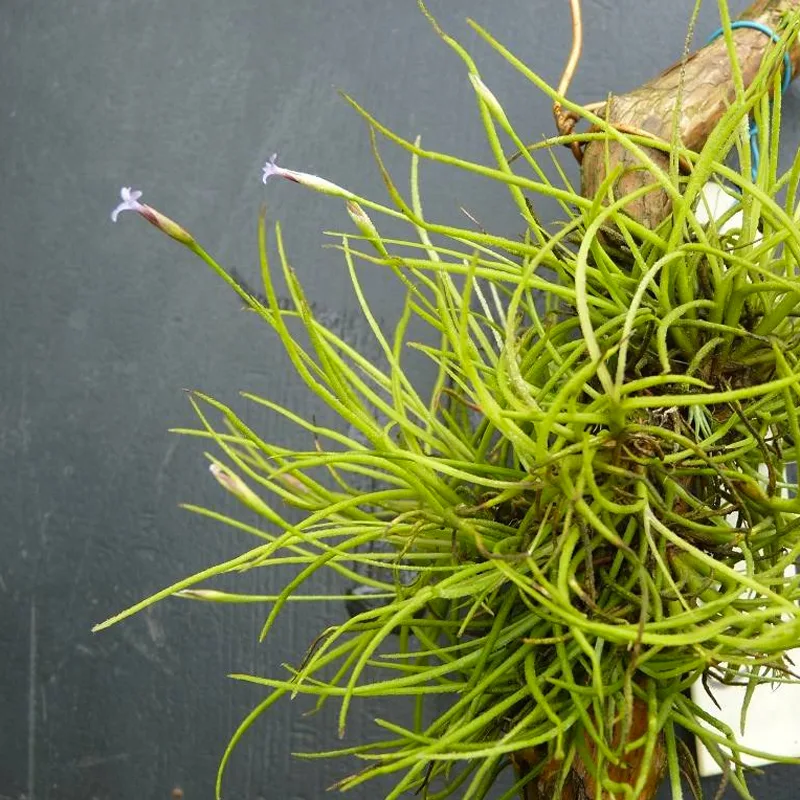
How to prune Amber Jubilee Ninebark?
Pruning my Amber Jubilee Ninebark is something I do with care to maintain its vibrant appearance. I usually start by removing any dead or damaged branches to promote healthy growth. I focus on thinning out some of the inner branches to improve air circulation and shape the shrub as desired. It’s also important to cut back any overgrown areas to keep it looking tidy. Using clean, sharp pruning shears makes the job much easier and helps prevent disease.
When to prune Amber Jubilee Ninebark?
I find that the best time to prune my Amber Jubilee Ninebark is in late winter or early spring, just before the new growth starts. This timing allows me to see the structure of the plant more clearly since it’s not covered in leaves, and it helps the shrub recover quickly as the growing season begins. If needed, I might do a light trim after it blooms to keep its shape throughout the summer.
Are Amber Jubilee Ninebark safe for cats?
As a cat owner, I’ve looked into whether Amber Jubilee Ninebark is safe for my furry friends. Luckily, this plant is non-toxic to cats, so I can enjoy its colorful foliage without worrying about my cats nibbling on it and getting sick. It’s always a relief to have beautiful plants in the garden that are also pet-friendly.
Can you prune Amber Jubilee Ninebark?
Pruning Amber Jubilee Ninebark is not only possible but also beneficial for the plant’s health and appearance. Regular pruning helps to remove any dead or diseased wood, encourages new growth, and keeps the shrub looking its best. I try to stay on top of it, especially if I notice any parts of the plant that aren’t thriving.
Does the Ninebark Amber Jubilee tree like acidic soil?
The Ninebark Amber Jubilee does prefer slightly acidic to neutral soil, but I’ve found it to be quite adaptable. When planting, I make sure the soil is well-drained and rich in organic matter. If my soil isn’t naturally acidic, I don’t worry too much, as this shrub tends to tolerate a range of soil types.
How far apart to plant Amber Jubilee Ninebark?
When planting Amber Jubilee Ninebark, I space them about 4 to 6 feet apart to allow them enough room to grow and spread. This spacing helps ensure that each plant has sufficient airflow and light, which is crucial for preventing disease and promoting healthy growth. It also gives each shrub enough space to showcase its beautiful foliage without crowding.
How to plant Amber Jubilee Ninebark?
Planting Amber Jubilee Ninebark was straightforward for me. I chose a sunny spot in my garden with well-drained soil. After digging a hole twice the width of the root ball, I placed the shrub in the hole, ensuring the top of the root ball was level with the ground. I filled in with soil, firmed it down gently, and watered it thoroughly. Adding a layer of mulch helps retain moisture and keeps weeds at bay.
Is Amber Jubilee Ninebark deer resistant?
In my experience, Amber Jubilee Ninebark is quite deer-resistant. While nothing is completely deer-proof, I’ve noticed that deer tend to leave this shrub alone, probably due to its textured and sometimes tough foliage. This makes it a great choice for my garden, where deer can be a frequent problem.
What to plant with Amber Jubilee Ninebark?
I’ve paired my Amber Jubilee Ninebark with other plants that complement its vibrant foliage. I like to plant it alongside purple coneflowers, Russian sage, and ornamental grasses. These combinations create a striking contrast and add visual interest throughout the growing season. Plus, they all thrive in similar conditions, making garden care simpler.
When to fertilize Amber Jubilee Ninebark?
I usually fertilize my Amber Jubilee Ninebark in early spring, just as new growth begins. I use a balanced, slow-release fertilizer to provide essential nutrients throughout the growing season. Occasionally, I’ll give it a second feeding in midsummer if I feel the plant needs a boost. This routine has helped keep my Ninebark healthy and thriving year after year.
If i die, water my plants!



